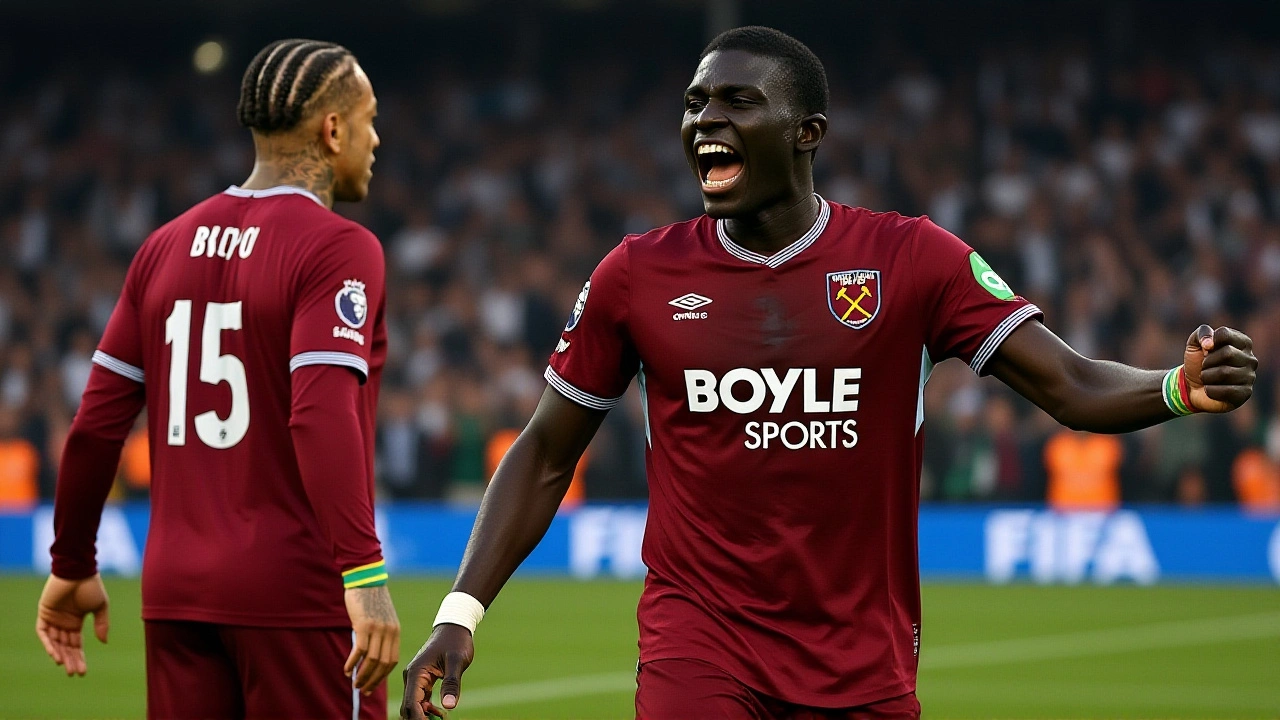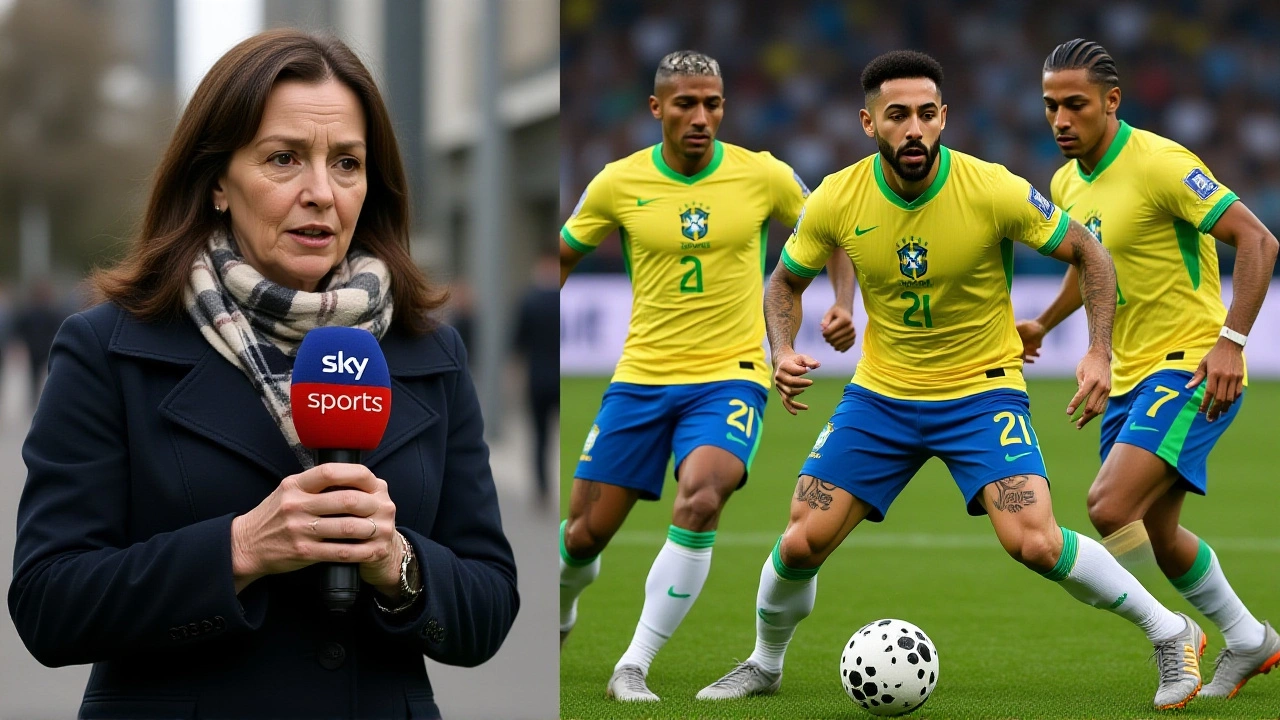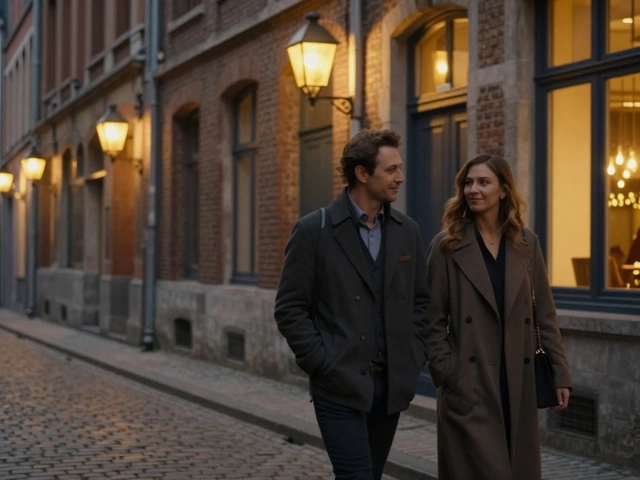It was more than just a friendly. On the international football match at Emirates Stadium on November 15, 2025, Brazil finally did what it had never done before: beat Senegal. The Seleção won 2-0, with goals from Estêvão Willian and captain Casemiro, sealing their first-ever victory in just the third meeting between the two sides. The match, played at 8:00 AM local time in front of a sellout crowd, wasn’t just about bragging rights — it was a statement. Both teams are heading to the 2026 FIFA World Cup in North America, and this was their final warm-up before the draw that lands on December 5–7. For Brazil, it was confidence. For Senegal, a wake-up call.
A Historic First Against Africa’s Rising Power
Before this match, Brazil had faced Senegal twice — in 2002 and 2015 — and lost both times. One ended in a 1-1 draw, the other in a 2-1 Senegal win. So when the Seleção stepped onto the pitch at Emirates Stadium, they weren’t just playing for points. They were chasing history. And they did it in style. Estêvão Willian, the 20-year-old forward wearing #20, broke the deadlock with a crisp left-footed strike just before the half-hour mark. The ball came off a quick one-two with Vinícius Júnior, who cut inside from the left and slipped it through to Estêvão, who didn’t hesitate. One touch. Then, a curler that kissed the post and nestled into the net. Senegal’s goalkeeper, Édouard Mendy, had no chance.
Seven minutes later, Casemiro — the 33-year-old midfield enforcer and captain — doubled the lead. A long ball from Marquinhos found him at the edge of the box. He didn’t need a second touch. A thunderous, low drive, right foot, left corner. Mendy dove, but the ball was too powerful, too precise. The crowd — a mix of Brazilian expats, Senegalese supporters, and curious Londoners — erupted. “This might be a friendly,” said beIN SPORTS USA commentator, “but this feels like the World Cup Final.” And honestly? It did.
The Lineups: Stars, Subs, and Strategic Shifts
Brazil’s starting XI was a blend of experience and youth. Goalkeeper Ederson anchored the backline, flanked by full-backs Alex Sandro and Éder Militão. In the center, Marquinhos and Gabriel Magalhães formed a commanding duo. Bruno Guimarães and Casemiro controlled the midfield, while the front three of Rodrygo, Estêvão, and Vinícius Júnior — all under 25 — danced around Senegal’s defense. It was a clear message: Brazil isn’t just relying on Neymar anymore. The future is now.
Senegal’s lineup, led by Mendy and veteran defender Moussa Niakhaté, looked disciplined but lacked the spark that carried them to the 2022 World Cup quarterfinals. Sadio Mané, their talisman, didn’t start — a tactical decision by coach Aliou Cissé to manage minutes ahead of the World Cup. He came on in the 63rd minute, but even he couldn’t break through Brazil’s compact shape. The Lions of Teranga had chances — a header from Niakhaté at 51’, a low shot from Boulaye Dia at 75’ — but Brazil’s defense, marshaled by Casemiro and Marquinhos, held firm. Substitutes Wesley França and Fabrício Bruno injected fresh legs in the final 20 minutes, helping Brazil see out the win without panic.

Why This Match Mattered More Than the Score
It’s easy to write off friendlies as glorified scrimmages. But this one had teeth. Both teams are in Group H of the 2026 World Cup qualifiers — and both are expected to qualify. The draw, happening in just under three weeks, could throw them into the same group. That’s not speculation. It’s a real possibility. Brazil, with their rich World Cup pedigree, are favorites. Senegal, with their physicality and defensive grit, are dark horses. This match was a dress rehearsal for what could be a knockout-stage clash.
Brazil’s performance showed they’ve moved beyond the “Neymar dependency.” Estêvão Willian’s goal was his first for the national team — a sign the next generation is ready. Casemiro, playing his 100th international match, proved he’s still the heartbeat of the team. Meanwhile, Senegal’s lack of cohesion in attack exposed a gap they’ll need to fill before June 2026. Their defense was solid, but without Mané fully fit and influential, they looked one-dimensional.
Global Context: A Day of Football Across the Globe
On the same Saturday, the US Men’s National Team beat Paraguay 2-0 in Chester, Pennsylvania, with Giovanni Reyna and Folarin Balogun scoring. Meanwhile, TV3 Tanzania — broadcasting across East and Central Africa — uploaded extended highlights that racked up 12,000 views in 13 hours. The match wasn’t just watched. It was discussed. In Dakar, in São Paulo, in Lagos, in London. Social media lit up with clips of Estêvão’s goal and Casemiro’s roar. Fans in Kenya and Rwanda streamed it on StarTimes. The world was watching. And Brazil passed the test.

What’s Next for Both Teams?
Brazil now heads into the World Cup draw with momentum. Their next official match is a CONMEBOL qualifier against Colombia on March 21, 2026. Senegal will face Algeria in a playoff for a World Cup spot on March 24. Both teams will play at least two more friendlies before June. For Brazil, the focus shifts to fine-tuning their midfield transitions and testing deeper attacking options. For Senegal, the priority is integrating Mané fully and fixing their lack of creativity in the final third.
One thing’s certain: if Brazil and Senegal meet again — in the group stage, or worse, in the knockout rounds — it won’t be a friendly. It’ll be war. And this match? It was the first shot fired.
Frequently Asked Questions
Why is this Brazil vs. Senegal match historically significant?
This was Brazil’s first-ever win over Senegal in their third meeting ever — the previous two ended in a draw and a Senegal victory. With both teams set to compete in the 2026 World Cup, this result gives Brazil psychological advantage heading into the draw. It also signals the emergence of Brazil’s new generation, with Estêvão Willian scoring his first international goal.
Who scored the goals, and how did they happen?
Estêvão Willian opened the scoring in the 28th minute with a left-footed curler after a one-two with Vinícius Júnior. Casemiro sealed it seven minutes later with a powerful 20-yard drive from the edge of the box, placing it low into the left corner. Both goals came from precise build-up play, showcasing Brazil’s improved attacking fluidity beyond individual brilliance.
How did Senegal respond, and what were their weaknesses?
Senegal showed defensive discipline but lacked creativity in attack. Sadio Mané came on as a substitute in the 63rd minute but was isolated. Their midfield struggled to link play, and they failed to capitalize on set pieces or counterattacks. The absence of a true playmaker — and inconsistent passing under pressure — was glaring, especially compared to Brazil’s cohesion.
What does this mean for the 2026 World Cup draw?
The draw happens December 5–7, 2025 — just weeks after this match. Brazil’s win boosts their seeding confidence, while Senegal’s performance raises questions about their readiness. If they meet in the group stage, Brazil enters as favorites. If they meet in the knockout round, Senegal will be more prepared, but Brazil now holds the psychological edge from this result.
Was this match a true indicator of World Cup form?
Yes, in key areas. Brazil’s midfield control, defensive organization, and ability to convert chances were sharp. Senegal’s lack of attacking fluidity and reliance on Mané were exposed. While friendlies are unpredictable, this match mirrored the intensity of a World Cup fixture — especially with a sellout crowd and both teams treating it as a final rehearsal.


